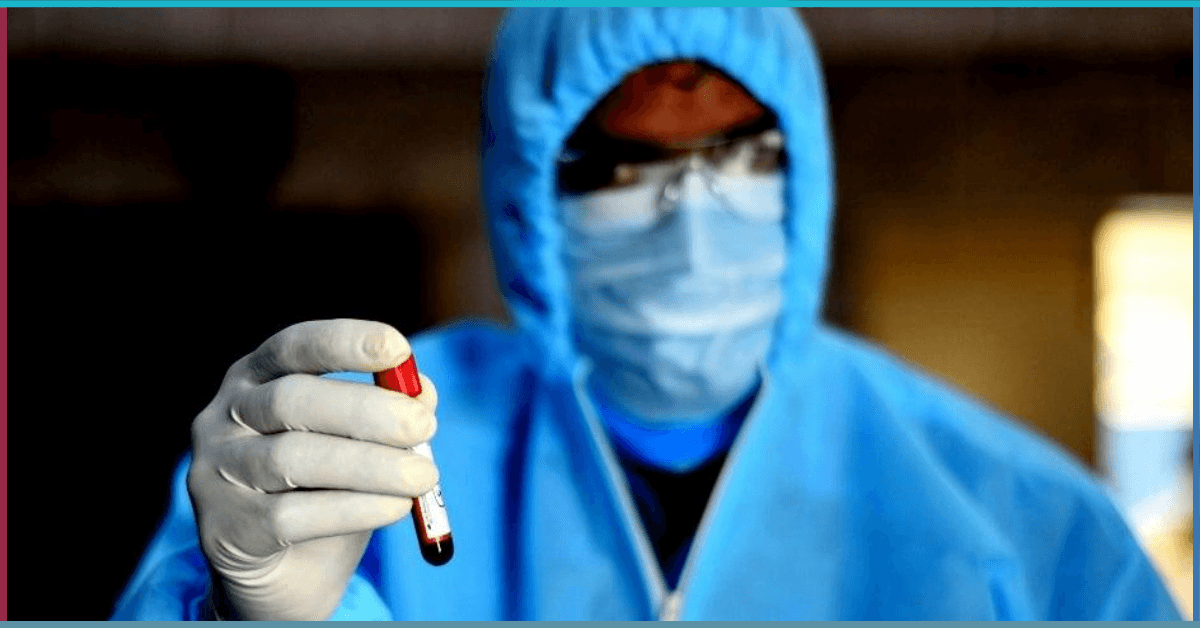For a very long time, we have heard of plasma therapy as a way to combat against the COVID-19. It has been one of the most effective treatments available against COVID-19 until this point and will remain so until a successful vaccine is made available on a large scale. So, what does it entail? How does it work? Is it worth putting all our hopes on it? Read on to find out.
What is plasma?
Plasma is the liquid portion of our blood. Basically, it is what is left when one takes away the Red Blood Cells, White Blood Corpuscles, Platelets, etc. It is the off-white liquid component of blood that carries the rest of it around the body. Plasma is what helps coagulate blood in the case of an injury. So it is what springs to action when you get a cut on your finger or have other issues.
How can plasma help to treat COVID-19?
Soon after the human body recovers from fighting a foreign body, in this case, a virus, the body helps create antibodies. These antibodies are custom-made to fight against specific diseases. Plasma is the storehouse of these antibodies. When injecting the plasma from a freshly recovered COVID-19 patient into another, who is battling against the virus, the antibodies specifically created to fight the virus are also introduced to them. They then go ahead to fight against the COVID-19.
Can only matching blood types transfuse plasma?
Yes. That is why the newly-recovered patients are highly encouraged to donate plasma soon after recovering. The COVID-19 virus has been seen to be able to infect one person multiple times. So, it is the safest to donate plasma as early as possible after full recovery. Of course, this is subject to the health of the person concerned. Since people with AB+ blood type are universal donors, their plasma is the most convenient during a time as overwhelming for healthcare professionals as the current pandemic.
How effective is plasma therapy against COVID-19?
The first thing to remember is that a cure for the virus has not been discovered yet. Only a vaccine can conclusively defeat the virus, that too depending on the type of vaccine and the frequency with which we will need top-ups. Using plasma is effective as a treatment only.
While a large number of plasma recipients have gone on to recover, a percentage of recipients have also succumbed to the disease. Administering plasma is not entirely without side effects. For example, the receiver may be allergic to the plasma; or there might be an undetected virus that can cause additional stress on the patient, or some other underlying unfavorable element might be present. However, the benefits of using plasma therapy in the advanced stages of the coronavirus infection have been undeniable.
Plasma Therapy in India
According to a BBC report, India is aggressively pursuing this therapy as a means to combating the disease. Indeed, clinical trials are on in many states and some success has also been achieved. It has been found to be effective on moderately ill patients.
What about West Bengal?
West Bengal has set up its first plasma bank with quite a few willing donors coming forward to help others. According to a report in the Times of India, trials at the Beliaghata hospital have yielded ‘promising’ results. However, it may not be safe to ask for plasma therapy at any unauthorized hospital or treatment center. Readers are advised to exercise caution and seek advice only from experienced physicians.
The fight goes on
All this is not to say that we have found a solution to the dreaded problem plaguing the whole world for months now. While researchers are hard at work looking at multiple avenues to deal with it, prevention is still better than cure. We, therefore, advise all citizens, especially the more vulnerable senior citizens to exercise utmost caution and maintain their safety behavior.

